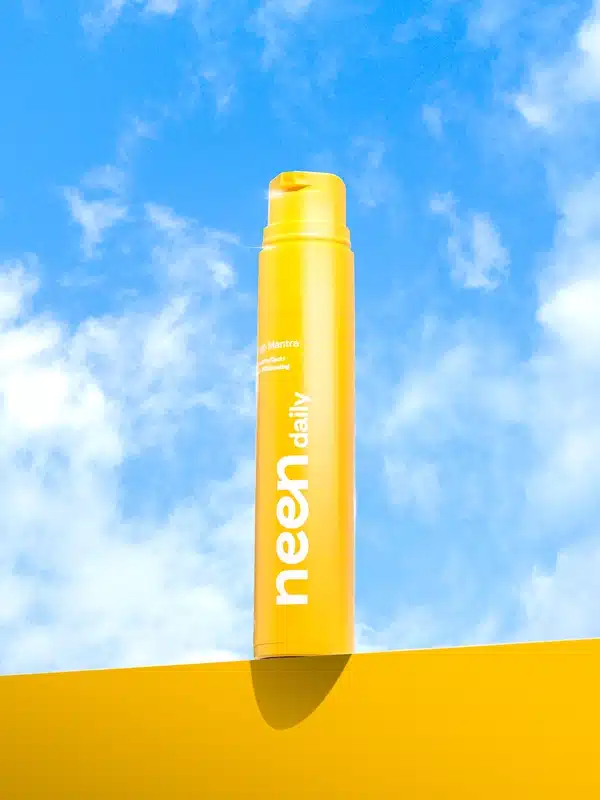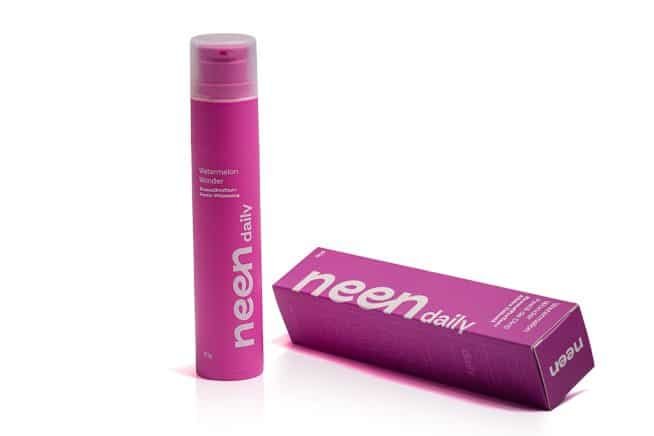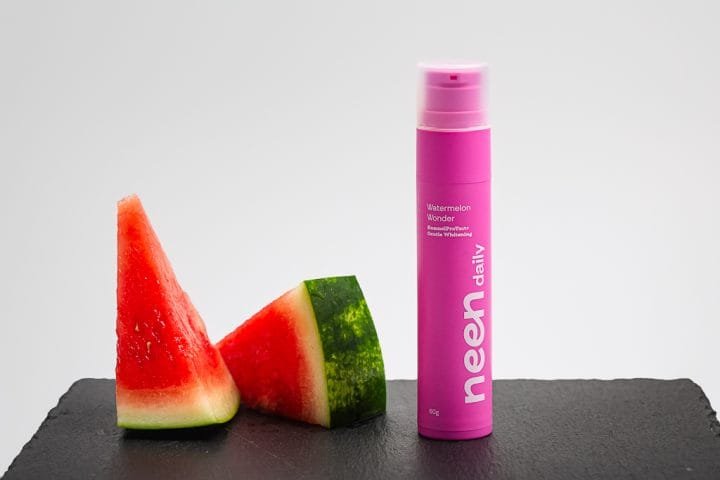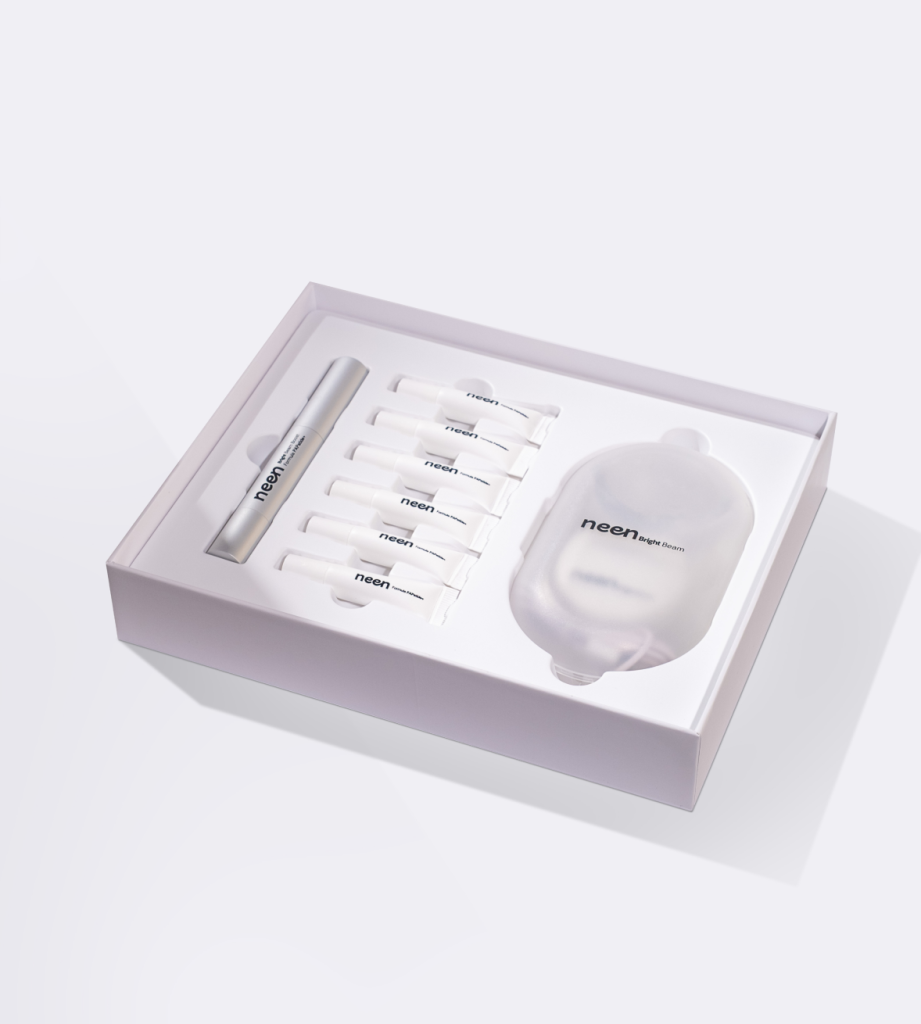
When choosing a toothpaste, it’s smart to ask:
👉 Which ingredient best protects my enamel?
👉 What’s safest for my child or for myself?
Two top contenders in cavity prevention and tooth strengthening are:
✅ Fluoride – time-tested and widely used
✅ Nano-hydroxyapatite – a modern, natural alternative
Let’s break down what sets them apart and help you decide which one suits your needs.
Fluoride is a natural mineral found in water, food, and toothpaste. It’s a household name in dental care thanks to its proven effectiveness.
🛡️ How it protects teeth:
📌 Fluoride is a reliable choice for many, though some individuals raise concerns about overexposure or toxicity.
Nano-hydroxyapatite (nHAp) is the synthetic version of the mineral that makes up 97% of enamel and 70% of dentin.
🌿 What makes it special:
Originally developed for bone repair (even used by NASA), it’s now a leading natural and safe ingredient in oral care.
🏆 Winner: Both are powerful—but nHAp provides a more regenerative, “body-friendly” approach.
🏆 Winner: Nano-hydroxyapatite, especially for families and sensitive users.
🏆 Winner: nHAp, providing relief plus protection for sensitive teeth.
🏆 Winner: Nano-hydroxyapatite, ideal for eco-conscious consumers.
At neen, we believe in natural, scientifically backed dental protection. That’s why our EnamelProTect+ formula uses nano-hydroxyapatite, combining:
✔️ Modern science
✔️ Natural, biocompatible ingredients
✔️ No compromises for sensitive mouths
We want you to enjoy a strong, confident smile—without sensitivity or environmental guilt. 😁
If you’re searching for a toothpaste that offers:
✅ Effective cavity prevention
✅ Safety for all ages
✅ Comfort for sensitive teeth
✅ Eco-friendly ingredients
➡️ Nano-hydroxyapatite is the clear choice.
Share it by












Whether it’s the fun flavors for kids or the gentle yet effective whitening gels for adults, every neen product is designed to put your smile and health first.